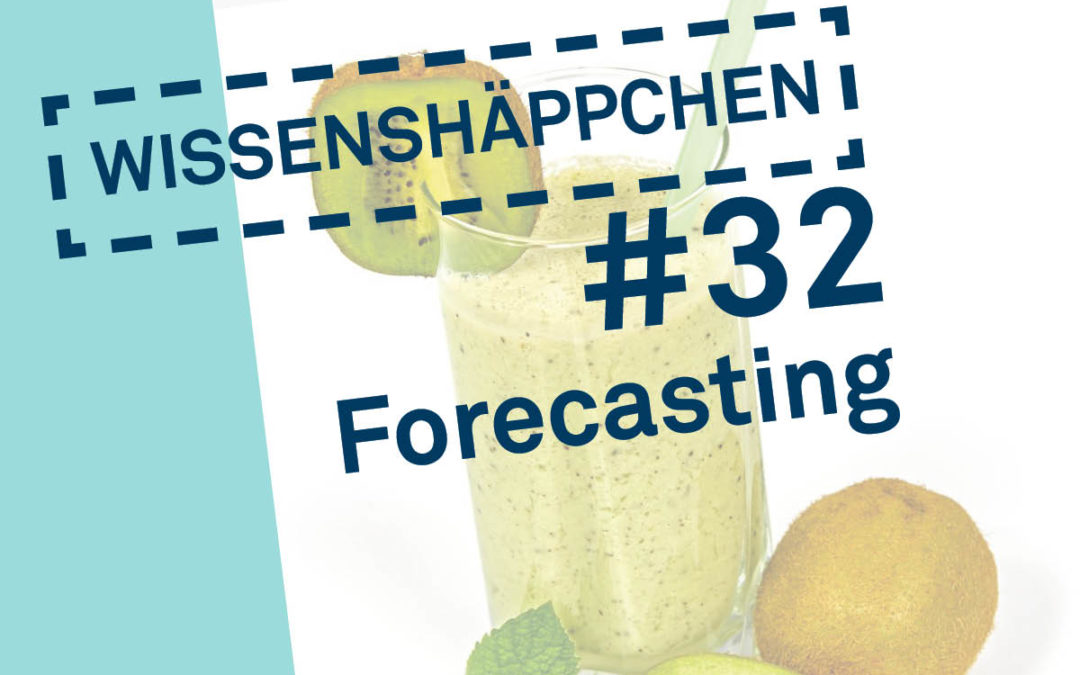Forecastings or prognoses are nothing else than predictions on certain target variables, other operationally relevant influencing variables or economic variables to improve planning. These are based on past and current data that are methodically analyzed and linked. Of course, these forecasts are not a guarantee or offer 100 percent certainty, but they are a crucial basis for targeted planning for any company. Modern forecasting methods also include environmental data, geopolitical developments or trends in order to forecast possible effects on the company’s own profitability.
Overarching economic forecasts or growth forecasts for the economy have been around for a long time, but forecasts for different subsectors or for specific targets have also arrived at the corporate level. Top of the list are sales and demand forecasts, but also sales forecasts with regard to the launch of new products and services. The rule is: No planning without forecasting. To ensure that the forecast is not a crystal ball gazing exercise, a number of basic requirements must be met. You start with a, if possible, comprehensive data basis (Big Data) and a precise determination of the forecast target.
Different methods can be used for the implementation of forecasts. A distinction is made between qualitative methods (Delphi, customer surveys, test markets, analogies, expert assessments) and quantitative methods (mathematical/statistical analyses, mean,Data Mining, Maschine Learningor other methodsKünstlicher Intelligenz). Which method or combination of methods is the right one depends on how accurate the forecast should be, how much time is available, and the quality of the data. The further the forecast extends into the future, the less accurate it becomes.
Beginners are recommended to start with simple methods such as exponential smoothing or the mean, i.e. qualitative methods. If the data situation and the organizational structure permit more comprehensive analyses, it is possible to go deeper into the forecasting process. Predictions that are as accurate as possible require a deep look at the data, i.e. quantitative methods, and take longer.
There are numerous Open Sourcetools that can help with forecasting. Companies can search for suitable software in the appropriate libraries. However, it needs experts, Data Scientists, who are not only familiar with the application, but also with correlations of the data. If an error is already made in the forecast target, results are produced on the basis of which it is not possible to plan. The Data Experts then directly contribute to the . Business Intelligence of the company
